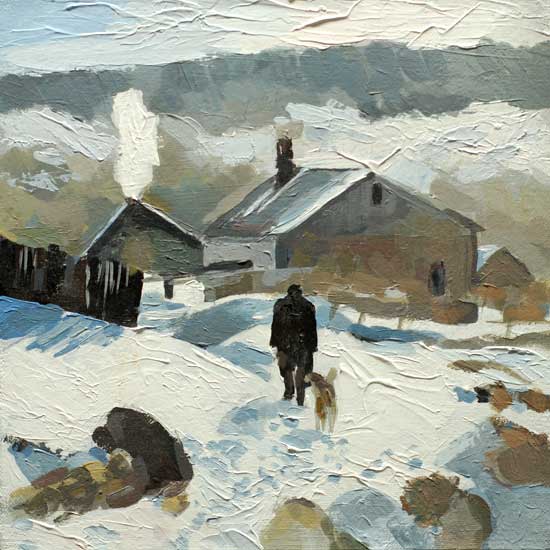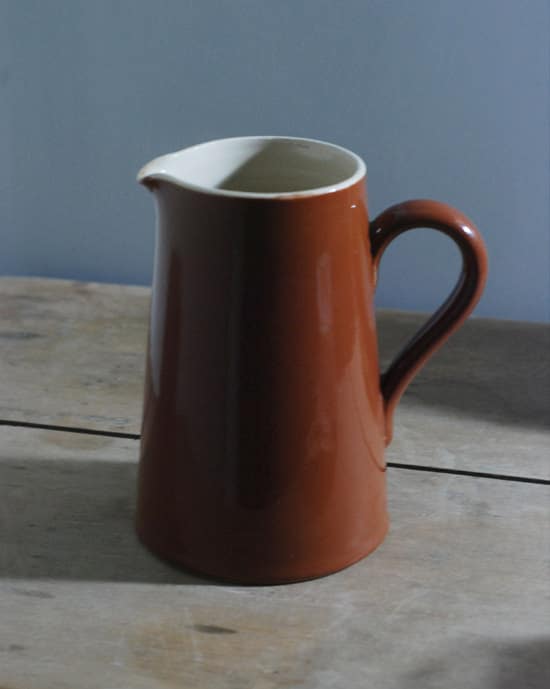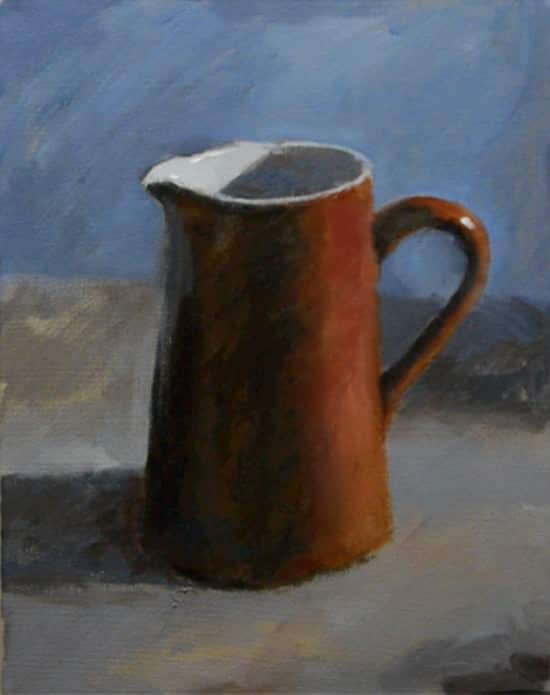#9
Inspiration for the painting: Will Kemp shared a photo of a painting on his web site, as an example of how to create a painting with only two colors of paint; Burnt Umber and Ultramarine Blue. I decided to try to copy it.
Kemp's painting
What I like about the painting:
- I like the mood created by the colors. I can almost feel the cold.
What I might do differently
- After watching Darrell Crow's video about blending mistakes beginners make, I realize I am the poster child for those mistakes!
- I worked on this photo from the top down, but I had to go back and adjust some items, making extra work for myself as I then had to redo layers below it. Because of that, I didn't do a lot of blending as Darrell demonstrated in his video. Ah, an opportunity for the next painting!
What I learned:
- I was amazed by how much color could be created with only two colors of paint.
- I was unable to create some of the yellow tones that Kemp had in his painting.
- In Crow's video I learned that red disappears a bit as it dries.
- Blending can be done with a dry brush, using a variety of different types of strokes for different effects.
- Crow uses very large brushes, dabbing them in the paint to load one side of them.
- It might be interesting to try to use the technique Crow demonstrates for blending clouds in making the snow in the foreground of this picture. He recommends leaving the top edge sharp. After dabbing paint on, he then uses a dry brush to blend the bottom edge with the background, using small circles. He continues with the dry brush to blend the bottom area into the middle. I think I could use some purple color for the shadowing, blending it in the same way. Then, as Crow demonstrates with clouds, add some lighter 'snow' on top, again leaving a bit of a sharp edge, but blending the lower edges in. This might create more depth.



















